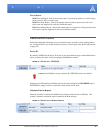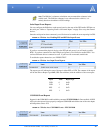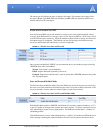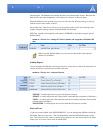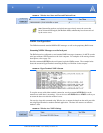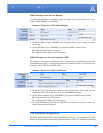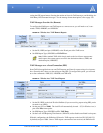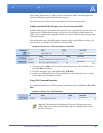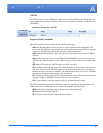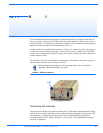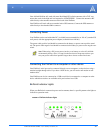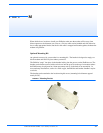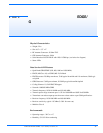
PinPoint EDGE/GPRS - User Guide, version 2.32 50
Global Positioning System (GPS)
TAIP ID
The TAIP messages can be configured to send the user specified identification number (ID). This
greatly enhances the functional capability of the unit in a network environment. Set the ID using
*PPTAIPID.
FIGURE 30. Wireless Ace: TAIP ID
Supported TAIP Commands
The TAIP emulation will accept the following TAIP message types:
SRM (Set Reporting Mode) allows the client to set the reporting mode configuration. The
report mode configuration is not stored in non-volatile memory and such should be resent upon
a unit reset. This behavior emulates that specified in TAIP specifications.
QRM (Query Reporting Mode) reports the reporting mode configuration (returns an “RRM”
message).
SID (Set ID) allows the client to set the TAIP ID (AT*PPTAIPID can also be used to set the
TAIP ID). The TAIP ID, when set with a “SID” message, will be written to non-volatile mem
-
ory.
QID (Query ID) reports the TAIP ID (returns an “RID” message).
DPV configures automatic reporting of PV (Position/Velocity) reports based on distance trav-
eled and a maximum time. The delta distance value specified in the message is converted to
hundreds of meters and stored as *PPDIST. The maximum time interval is stored as *PPTIME.
Currently the minimum time and epoch values are ignored.
FPV configures periodic reporting of PV (Position/Velocity) reports. The time interval from the
message is stored at *PPTIME. Currently the epoch value is ignored.
QPV (Query Position Velocity) responds with a PV (Position/Velocity) report.
The TAIP emulation will generate the following reports corresponding to the appropriate event
(either a query for it, echoed due to a set, or due to an automatic reporting event).
RRM (Report Reporting Mode) reports the reporting mode configuration.
RID (Report ID) reports the TAIP ID.
RPV (Report Position/Velocity) reports Position/Velocity.



